April’s Quiet Harvest: Cooking with Conscience, Fire, and the Forgotten
april, 2025By Chef Fernando Stovell
LISTENING TO THE LAND:
RUNNING A THICK HAND THROUGH THE SOIL, “YOU DON’T
CHOOSE THE SEASON. THE SEASON CHOOSES YOU.” APRIL
DOESN’T ARRIVE WITH FANFARE, BUT WITH A HUSH — A
WHISPER OF RAIN, A SOFTENED WIND, THE SCENT OF WILD
HERBS UNDERFOOT
As a chef, that’s when I sharpen my knives and listen. Not just
to the land, but to the growers, the foragers, the keepers of
lost seeds and slow traditions.
This spring, I'm guided not only by instinct but by ethics.
Every ingredient I bring into my kitchen must tell a story of
traceability, sustainability, and honest flavour. Below, I share
the ingredients currently moving me — those rare gems that
come and go with the wind, many foraged, some cultivated
with reverent precision. They are not trends; they are truths.
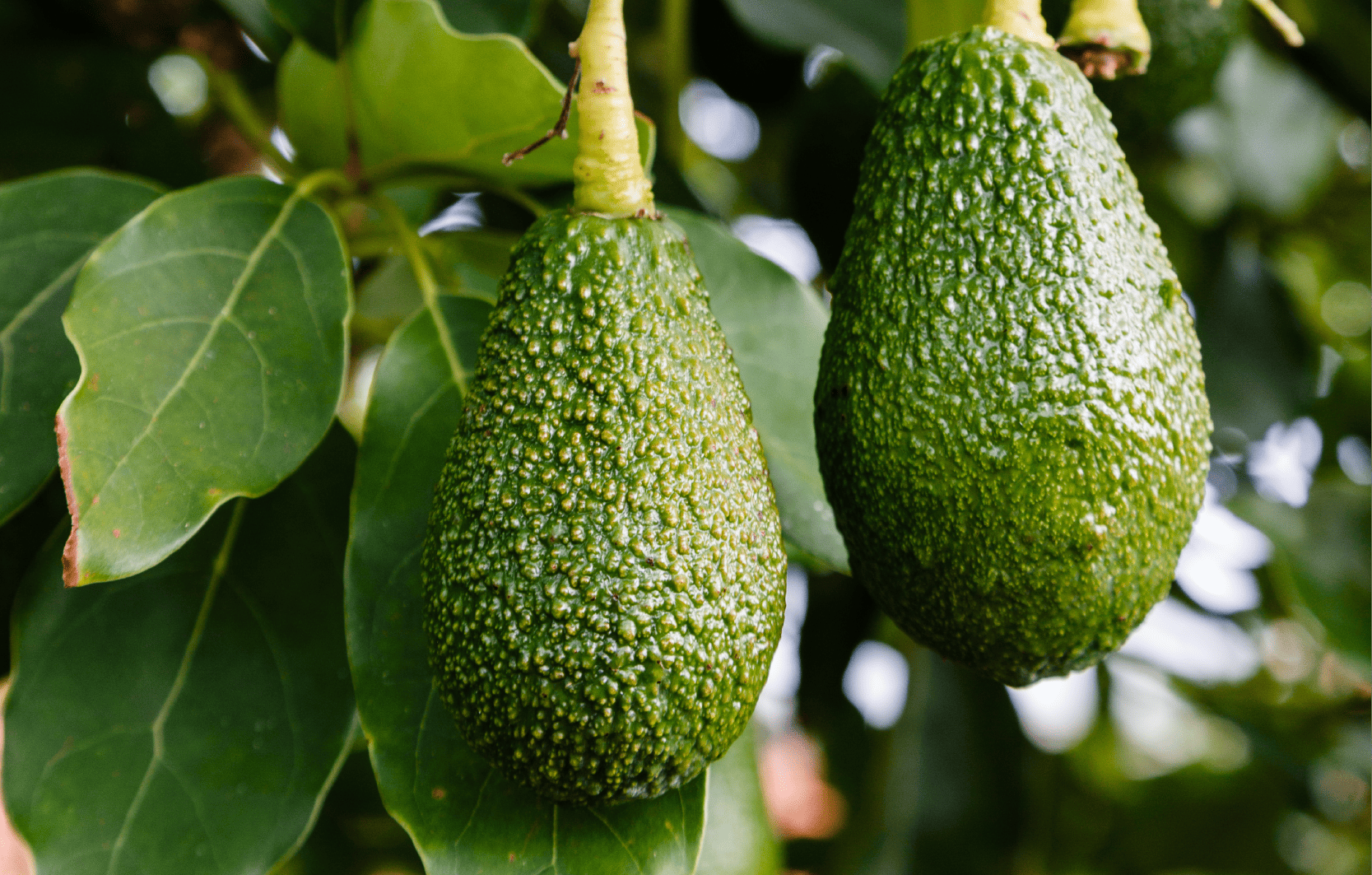
1. The Mexican Bounty:
INGREDIENTS ROOTED IN ANCESTRY
a. Avocado from Michoacán:
The Emerald of the Earth
The avocado must be respected. Ours come from high-altitude groves in Michoacán, where the volcanic soil gives each fruit a butteriness that sings of altitude and ash. I only source from certified co-ops — families who refuse to compromise on ethics or soil care. We use every part: grilled flesh over wood fire, oil from the seed, skin for natural dyes.
It’s not just fruit — it’s philosophy.
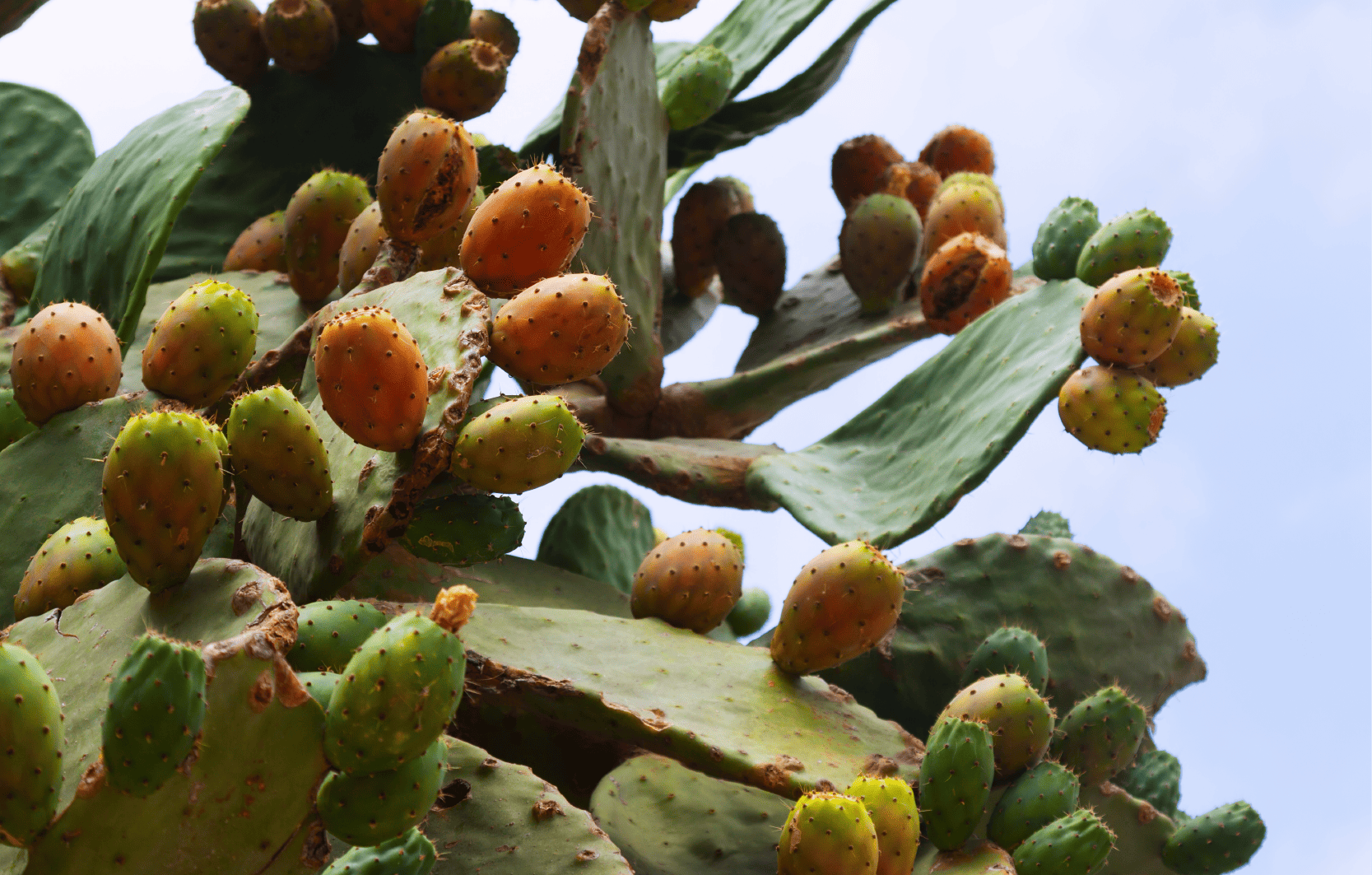
b. Xoconostle:
The Wild Cousin of the Cactus
Unlike its more familiar cousin, the xoconostle is tart, layered, and wildly complex. Foraged at higher elevations in Hidalgo, these fruits are a gift from the land. I ferment them lightly, using pulque yeasts, and serve with wild herbs, letting their electric acidity frame fatty cuts or cool wood-fired heat.
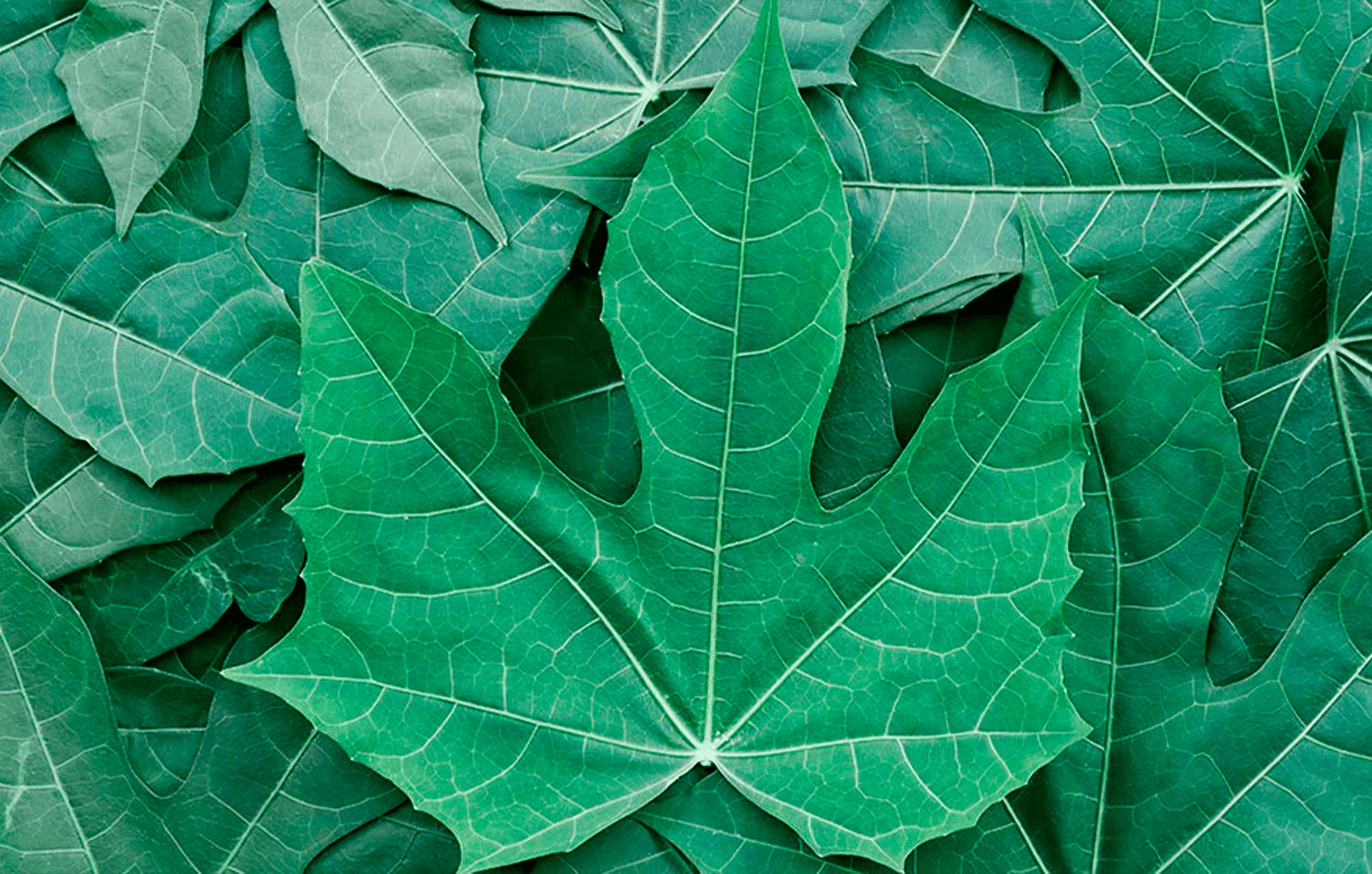
c. Chaya Leaves from the Yucatán:
The Mayan Spinach
Chaya is not your average green. Deep, dark, and iron-rich, it must be cooked carefully to neutralise its natural toxins — a reminder of nature’s power. Grown in small forest plots using milpa methods, it carries the ancient breath of the Maya. I use it sautéed with garlic, wrapped around lobster, or blended into green masa.
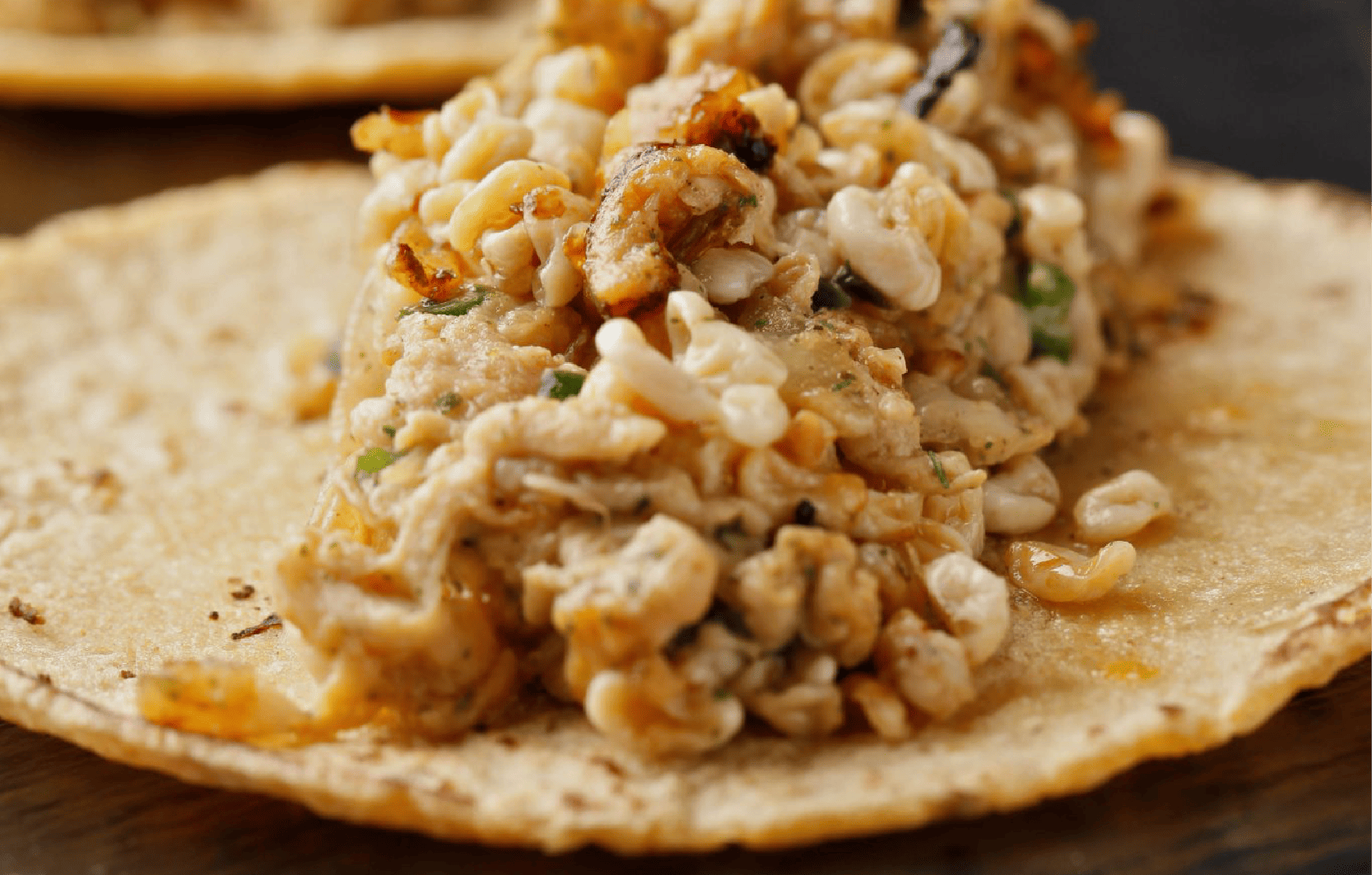
d. Escamoles:
The Delicacy of the Desert
Escamoles — the larvae of the Liometopum ant — are known as "Mexican caviar." Harvested with immense care by trained hands in the central highlands, they speak of scarcity and respect. Lightly poached in brown butter, or folded into charred leeks, they express terroir more eloquently than any imported truffle.
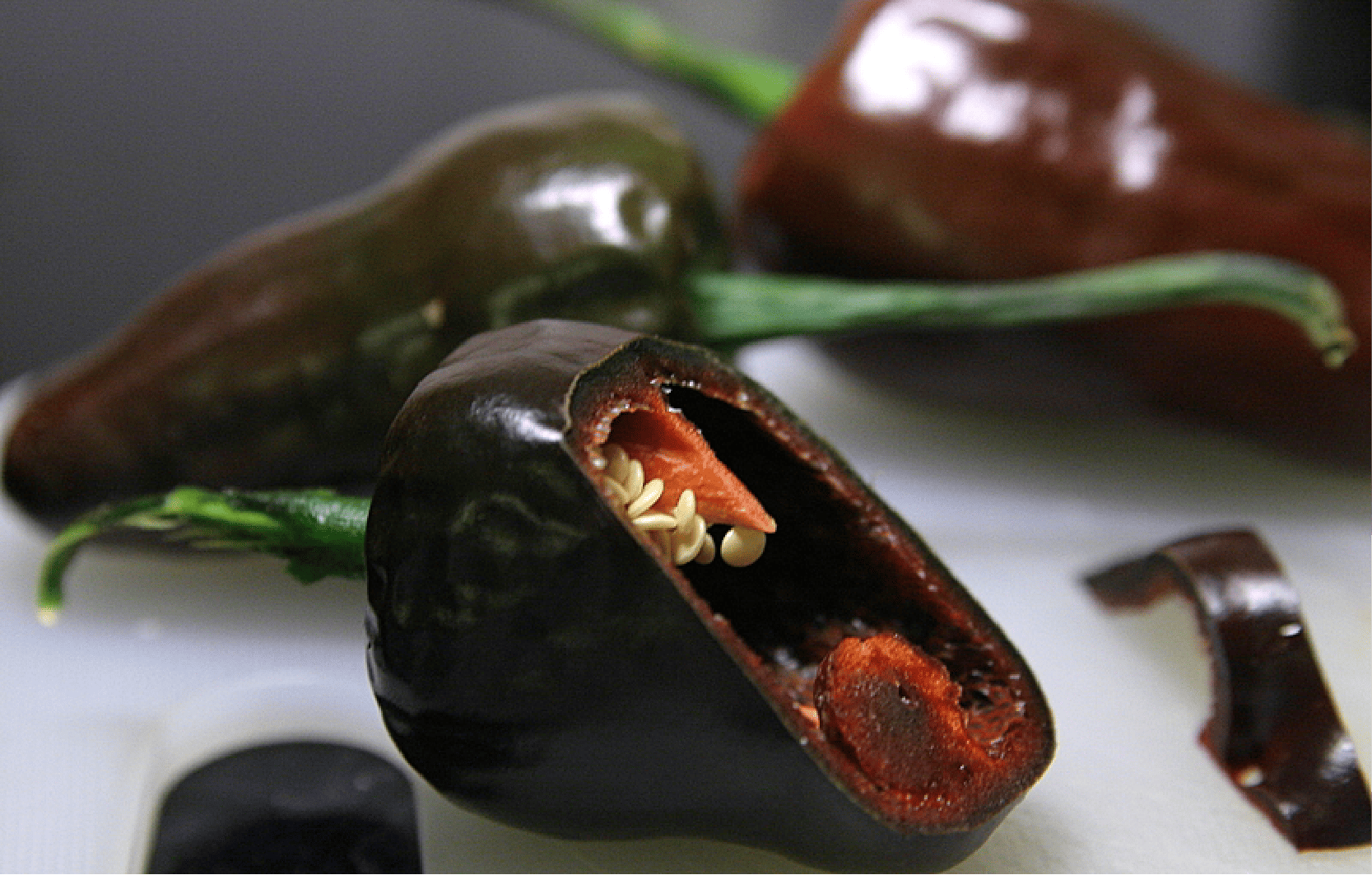
e. Chilhuacle Negro:
The Philosopher's Chile
This ancient black chile from Oaxaca is nearly extinct, grown by just a few families in Cuicatlán. Smoky, floral, and haunting, it is hand-harvested and sun-dried over mesquite. We hydrate it with stock made from smoked duck bones and wild herbs. A single bite will silence a room.
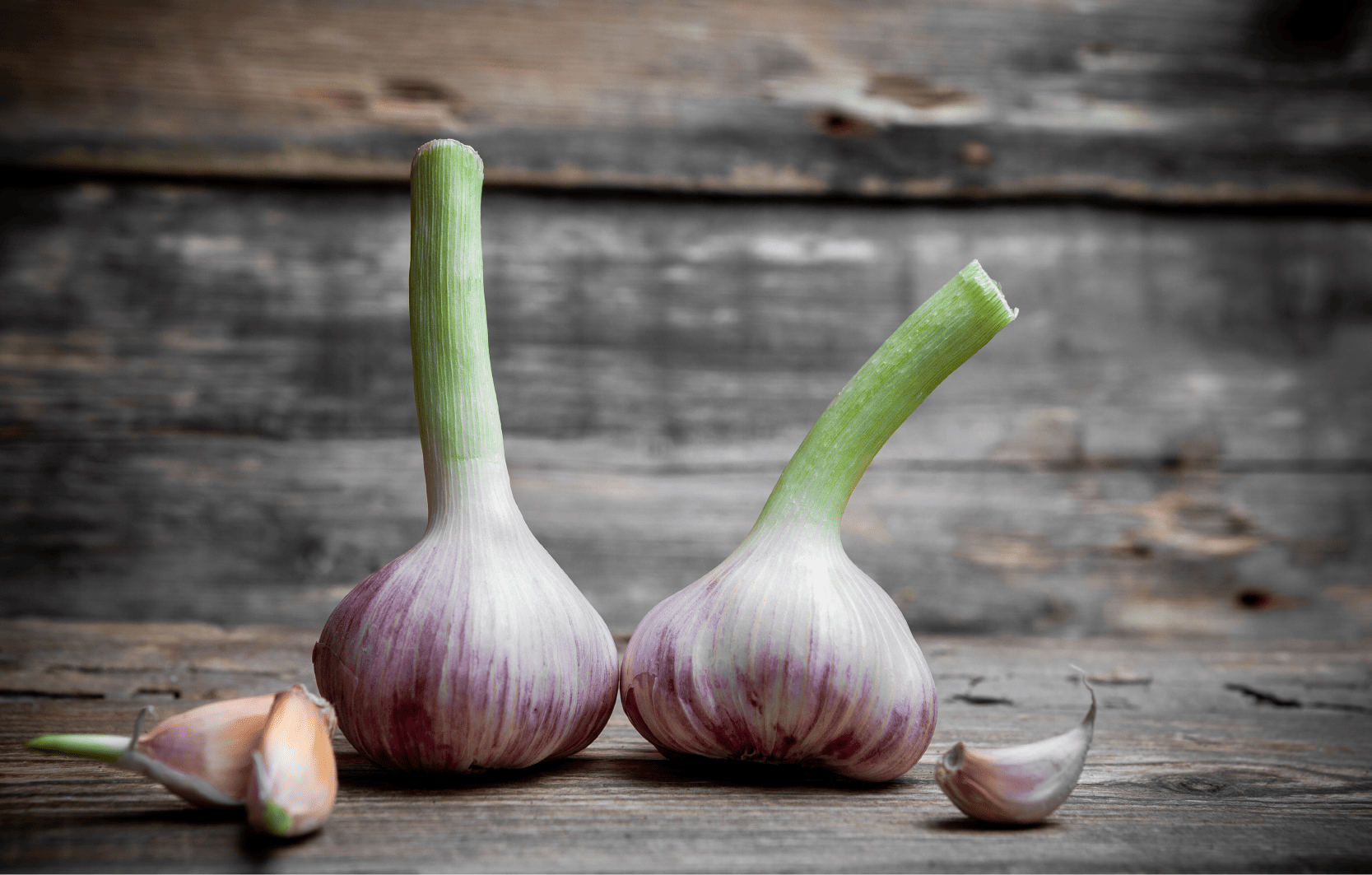
2. The Global Pantry:
CHEF’S INGREDIENTS THAT WHISPER SPRING
a. Wild Garlic from the Forests of France:
Spring’s Perfume
Hand-foraged by families who know every bend in the trail, this garlic — ail des ours — arrives wrapped in leaves still damp from the forest floor. I blend it raw into cultured butter, layer it beneath raw scallops, or pickle the buds with wild peppercorns.
It’s not an ingredient; it’s a season.
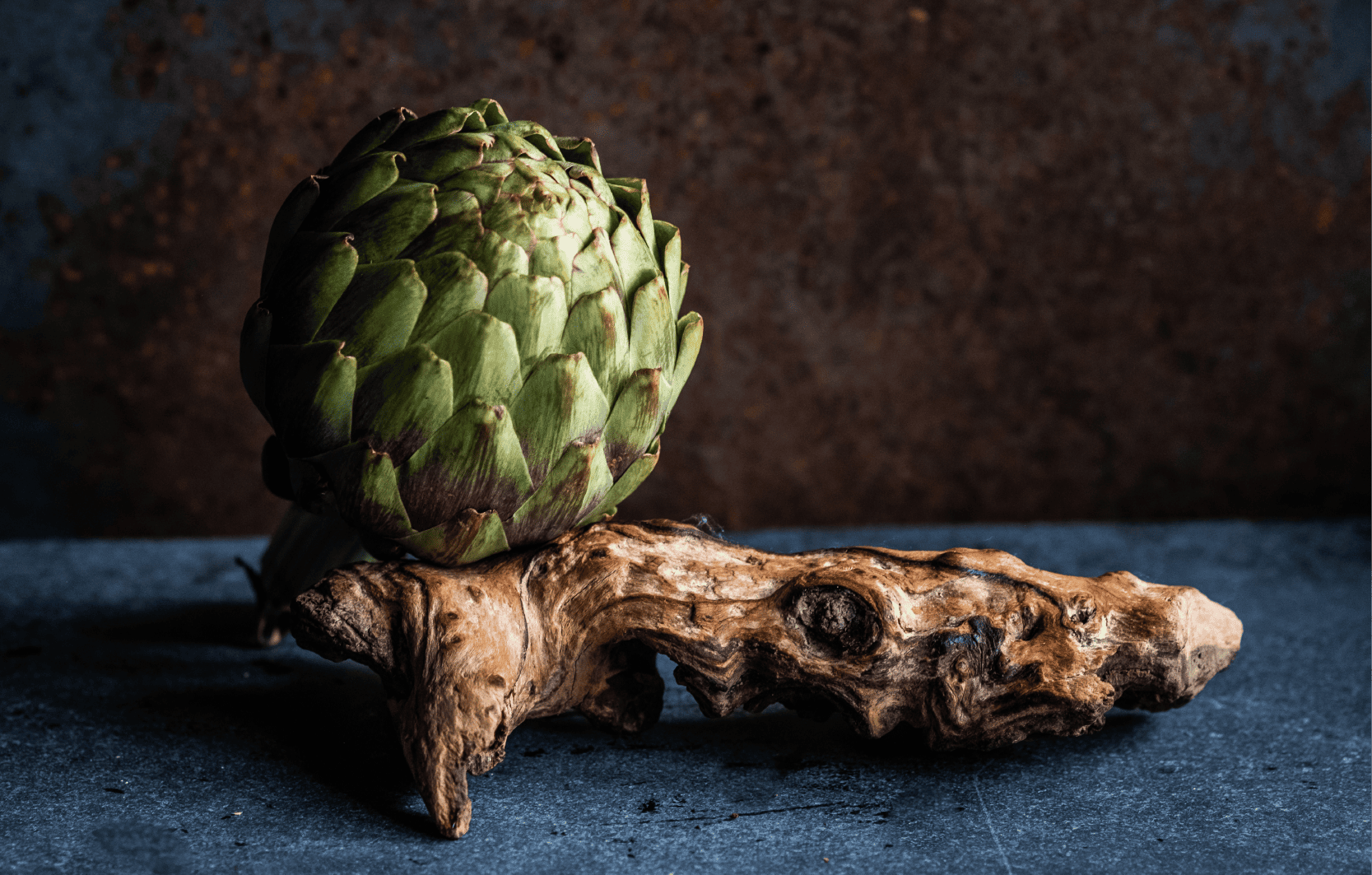
b. Roman Artichokes from Lazio, Italy:
An Ode to Elegance
Grown in volcanic soil just outside Rome, these tight-budded beauties are farmed biodynamically. I braise them in Amalfi lemon peel and finish over wood embers with smoked olive oil. Their bitterness, when treated with grace, becomes nobility.
c. Sea Kale from Cornwall, England:
The Tamed Wild
Sea kale, once protected and rare, has found its way back to the hands of chefs. Grown in windswept coastal plots by former fishermen-turned-farmers, it’s fleshy and mineral-rich. We grill the stalks and serve with razor clam emulsion — a bite of salt air and sunlight.
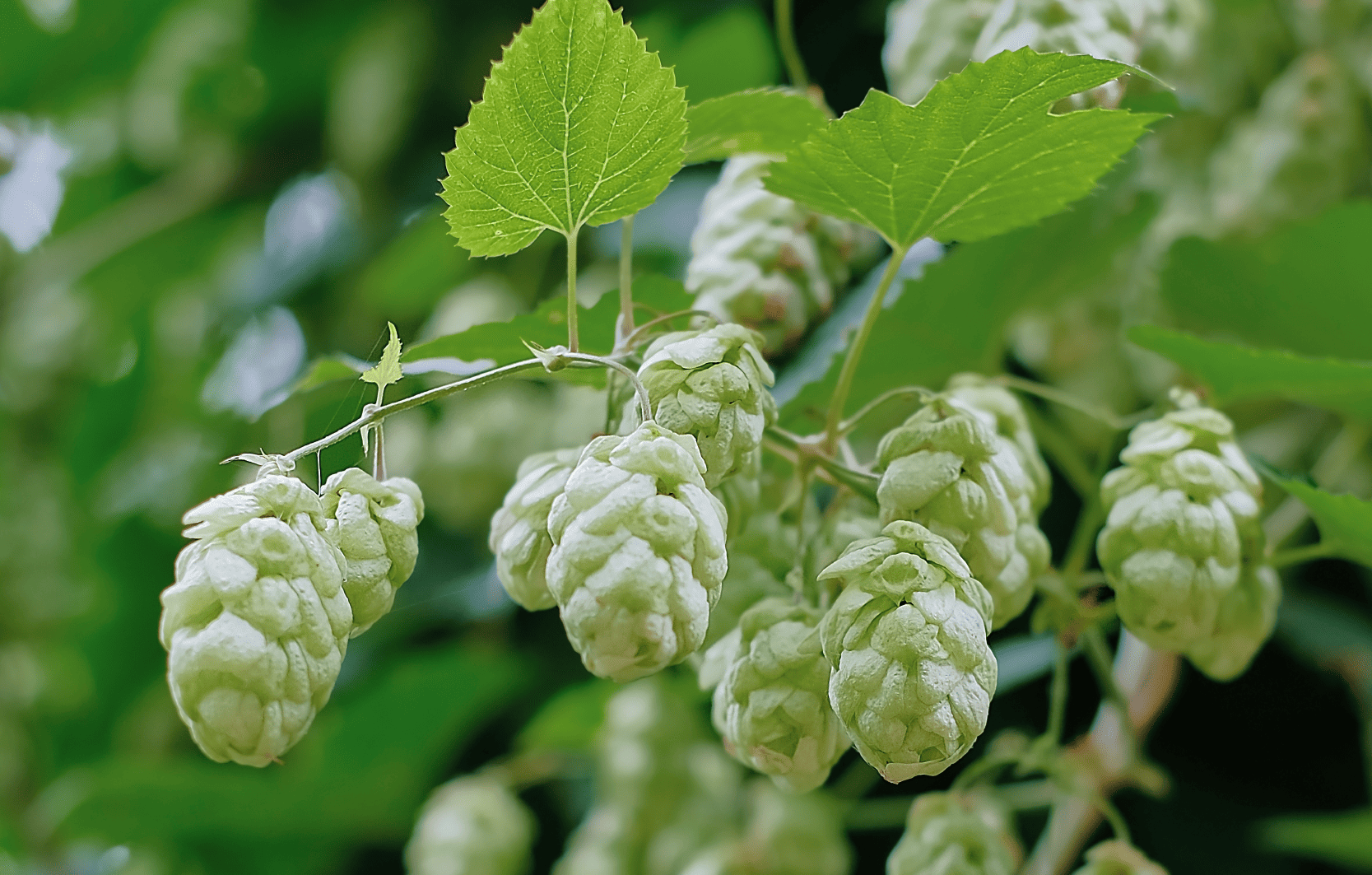
d. Hop Shoots from Belgium:
The World’s Most Expensive Vegetable
Delicate as lace and nearly impossible to harvest, hop shoots are the early risers of the vine. At €1,000 per kilo, they must be honoured. We blanche them, sear them in marrow fat, and crown them with quail egg and wild mustard flowers. Rarity, in its most delicious form.
e. Alpine Sorrel from Switzerland:
A Flash of Acid in the Mist
This bright, citrusy green grows between frost and thaw in the high Alps. I use it to cut through richness, often raw on raw fish or stirred into fermented cream. Its zing wakes the palate like morning sun on a cold stone.
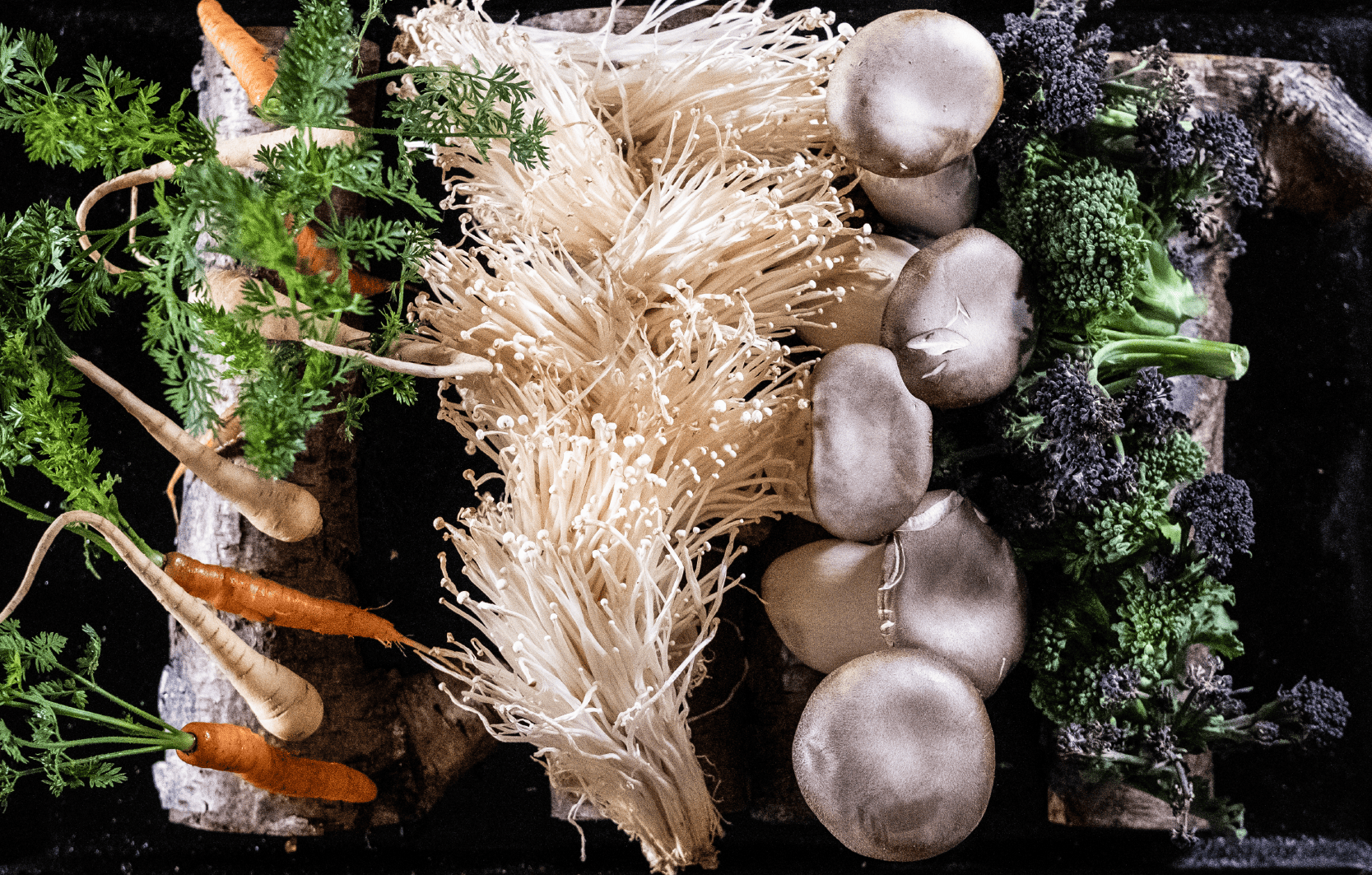
3. The Ethics of the Ingredient:
CHEF FROM ASADOR EXTEBARRI’S WISDOM
Chef Bittor Argionzoniz taught me that a chef’s true test is not what he puts on the plate — it’s what he refuses to. If you can’t trace it, don’t serve it. If it doesn’t respect the land, leave it behind. If it comes at the cost of community or dignity, it has no place in a fine kitchen.
For me, sustainability is not a marketing term — it is a quiet oath. Every grower, forager, and fisherman I work with is part of that promise. My role is to honour their labour, elevate their harvest, and never take more than the land can give. That’s what real gastronomy is about.
CONCLUSION:
A Season Measured in Heartbeats, Not Trends
April, in all its gentle splendour, is a season for those who pay attention. The best ingredients don’t shout — they whisper. They arrive muddy, misshapen, aromatic. They demand skill, respect, and humility. But in return, they give you dishes that stop time.
This month, let us cook not only with our hands, but with conscience. Let us forage stories, not just herbs. Let us plate not what is fashionable, but what is truthful.
“Make it beautiful, but make it honest.”